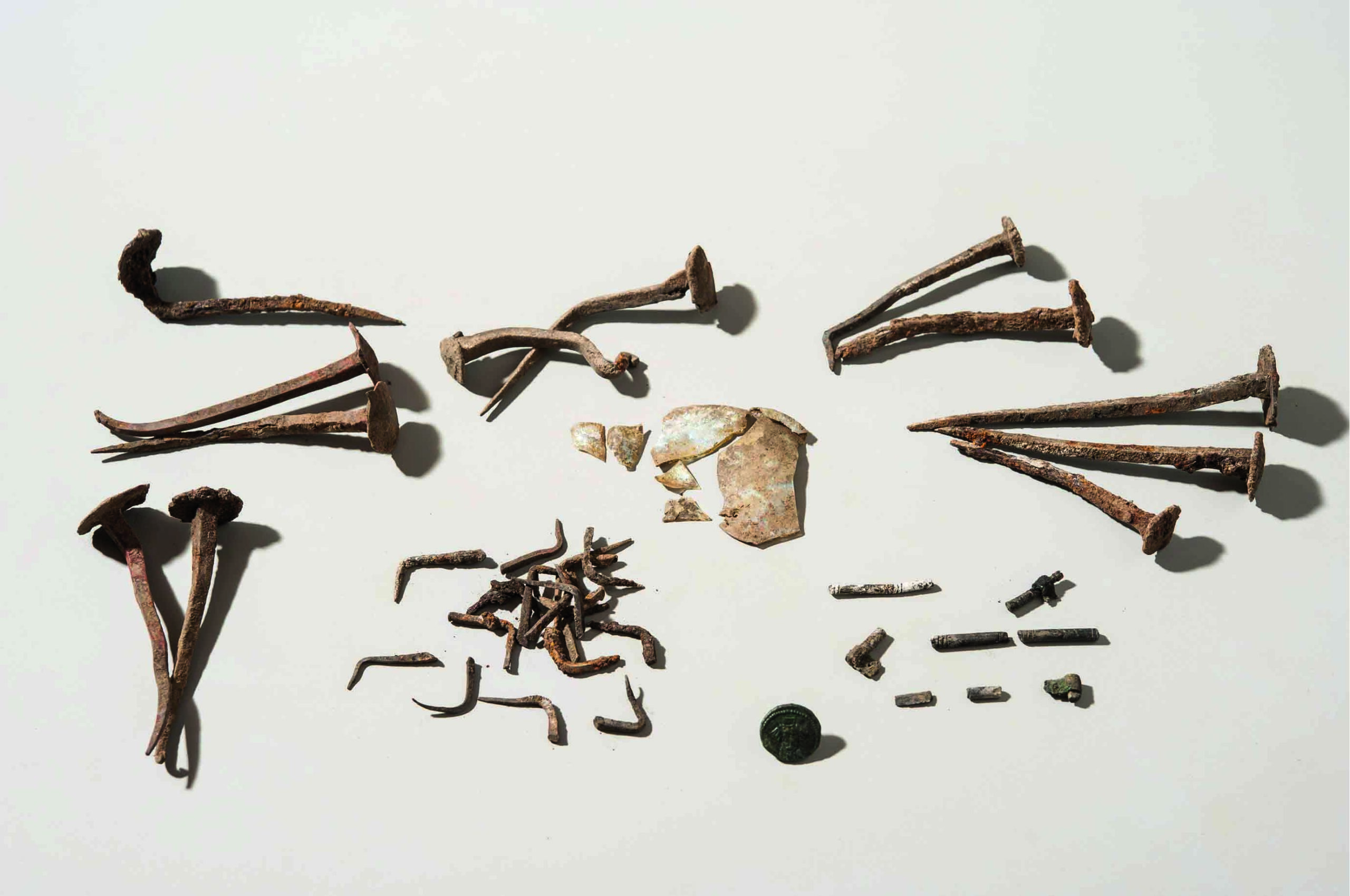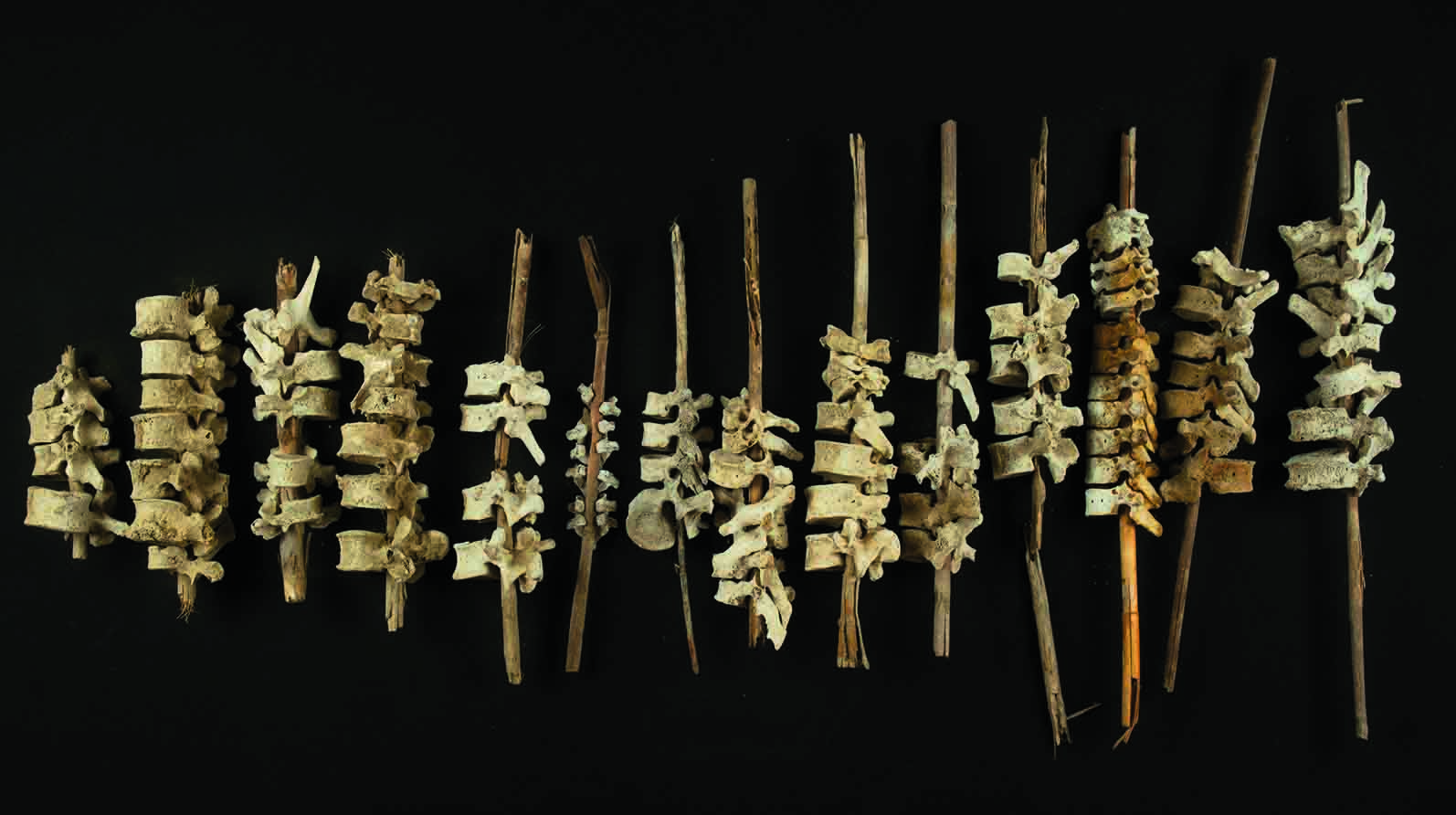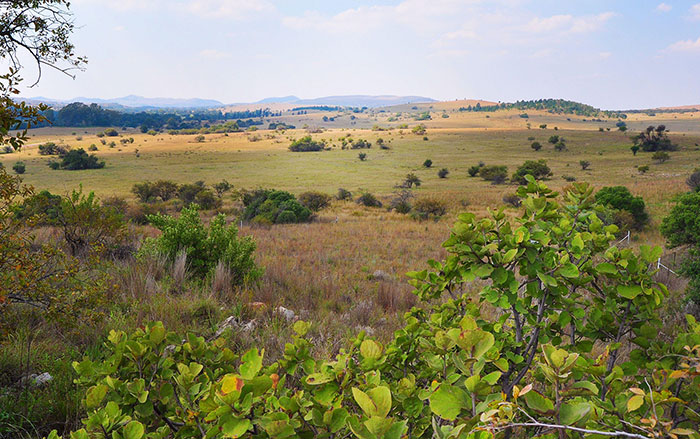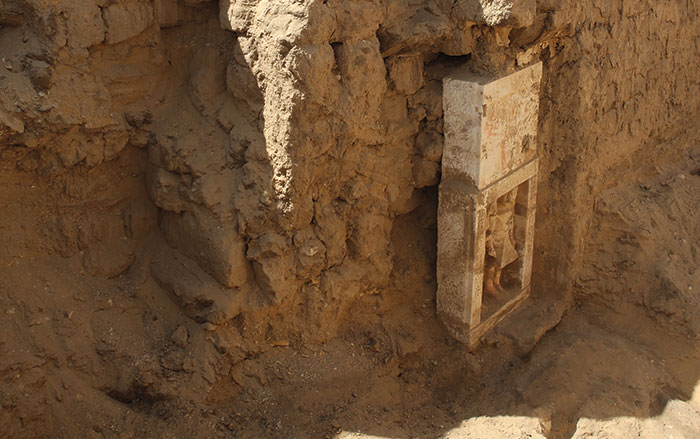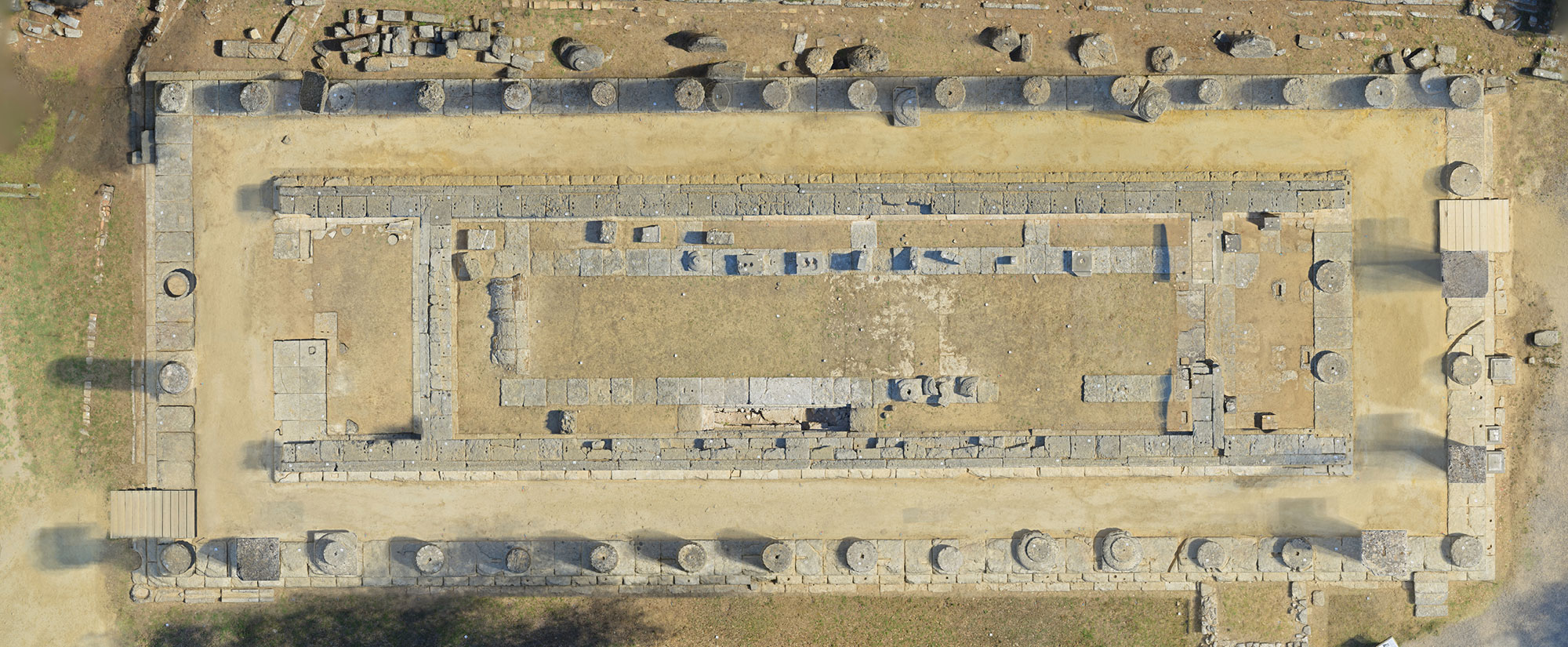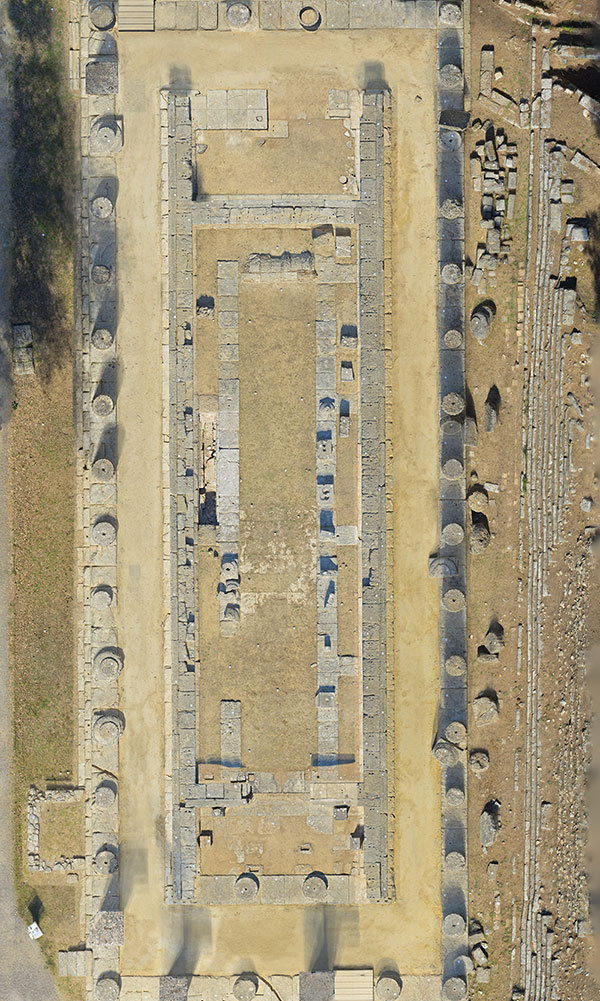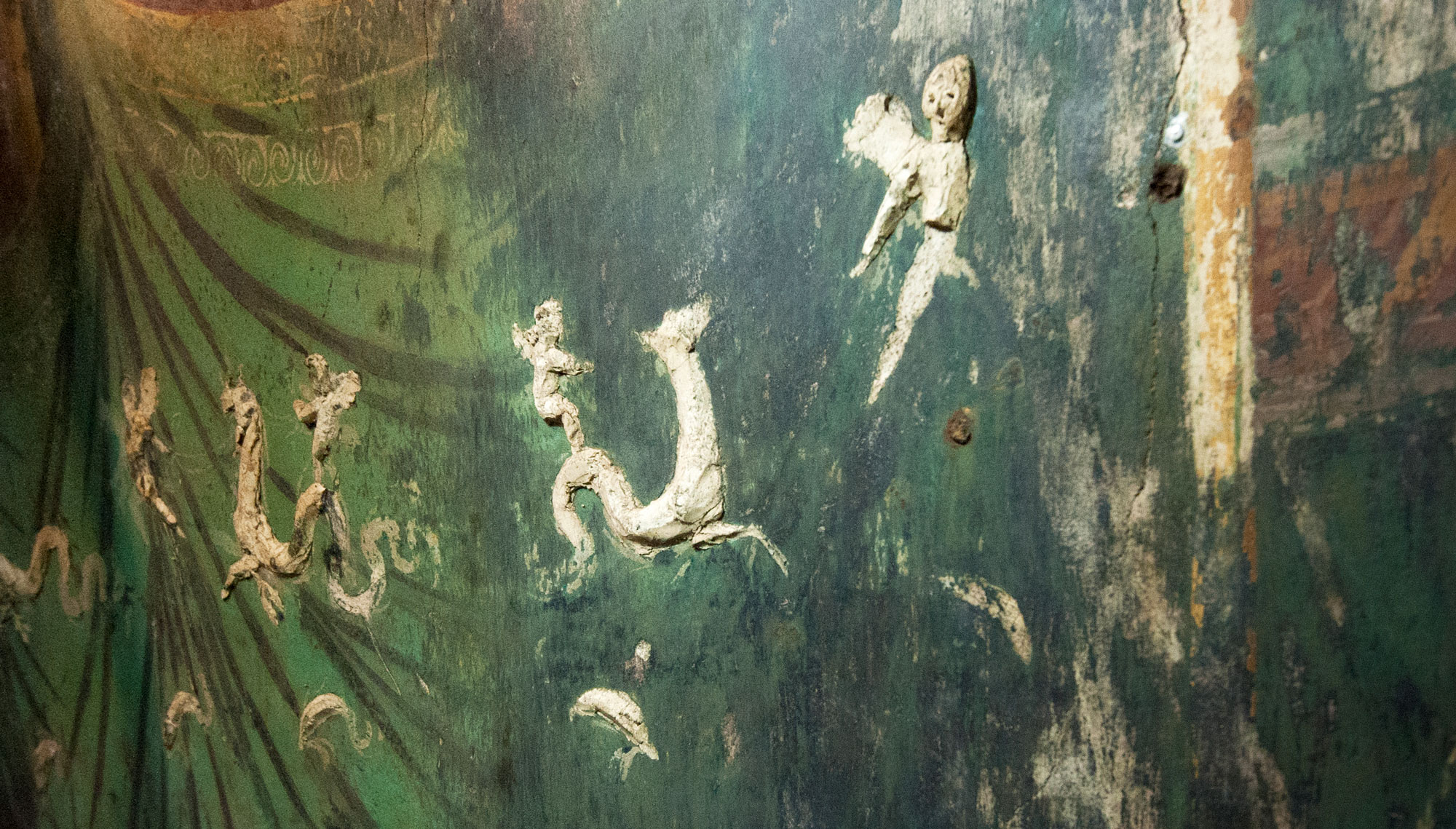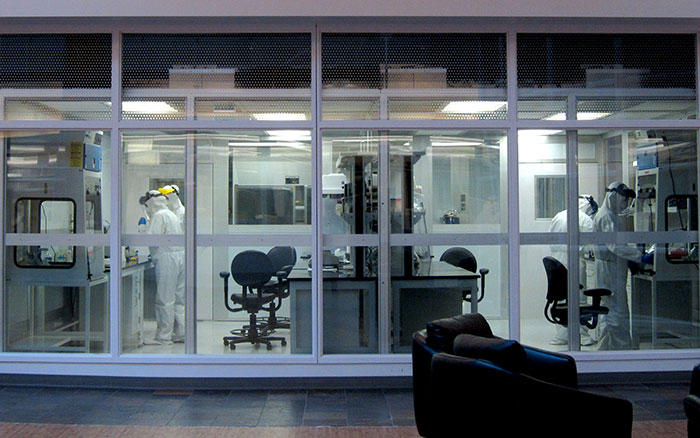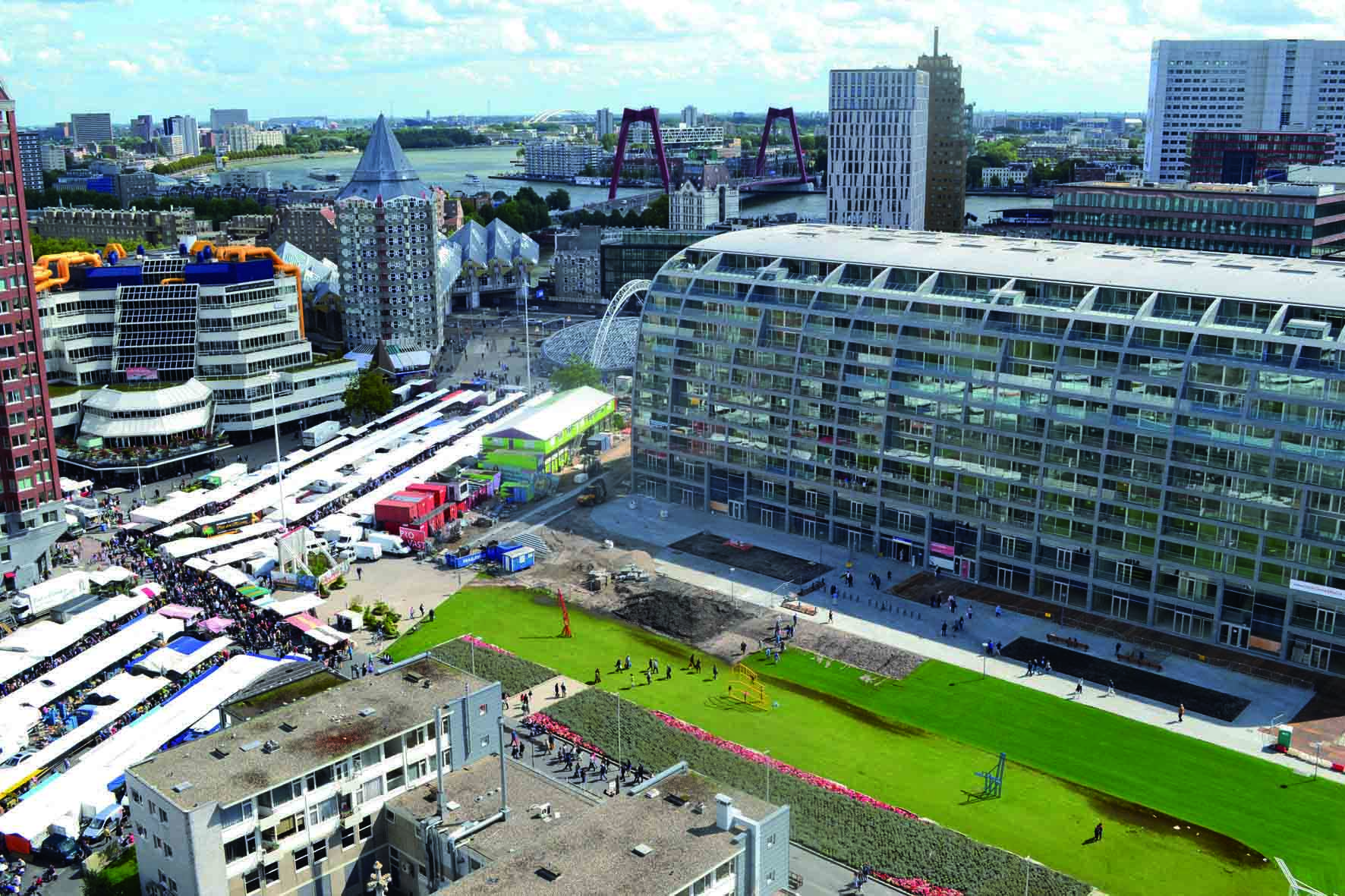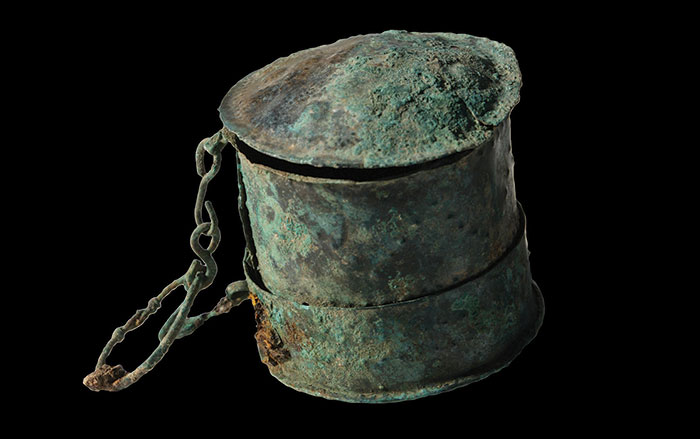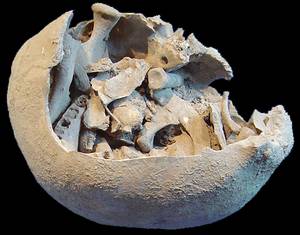
LEIPZIG, GERMANY—According to a report in Live Science, a team led by André Strauss of the Max Planck Institute for Evolutionary Anthropology is investigating some of the earliest burial rituals in the New World at the site of Lapa do Santo in east-central Brazil. Some 10,600 years ago, the dead were buried intact within the large limestone cave. Then, about 1,000 years later, Strauss and his colleagues say, fresh corpses were dismembered and defleshed before burial. Even teeth were removed from skulls. Marks on some of the bones indicate that they were burned or even cannibalized before being placed inside a skull and buried without gravestones or grave goods. Some 8,000 years ago, burial practices changed again, and bones were not manipulated—the scientists found pits filled with the disarticulated bones of single individuals. Strauss suggests the changing ritual behaviors indicate that the groups living in the region of Lapa do Santo were more diverse and sophisticated than had been believed. For more, go to “Off the Grid: Rio de Janeiro, Brazil.”


